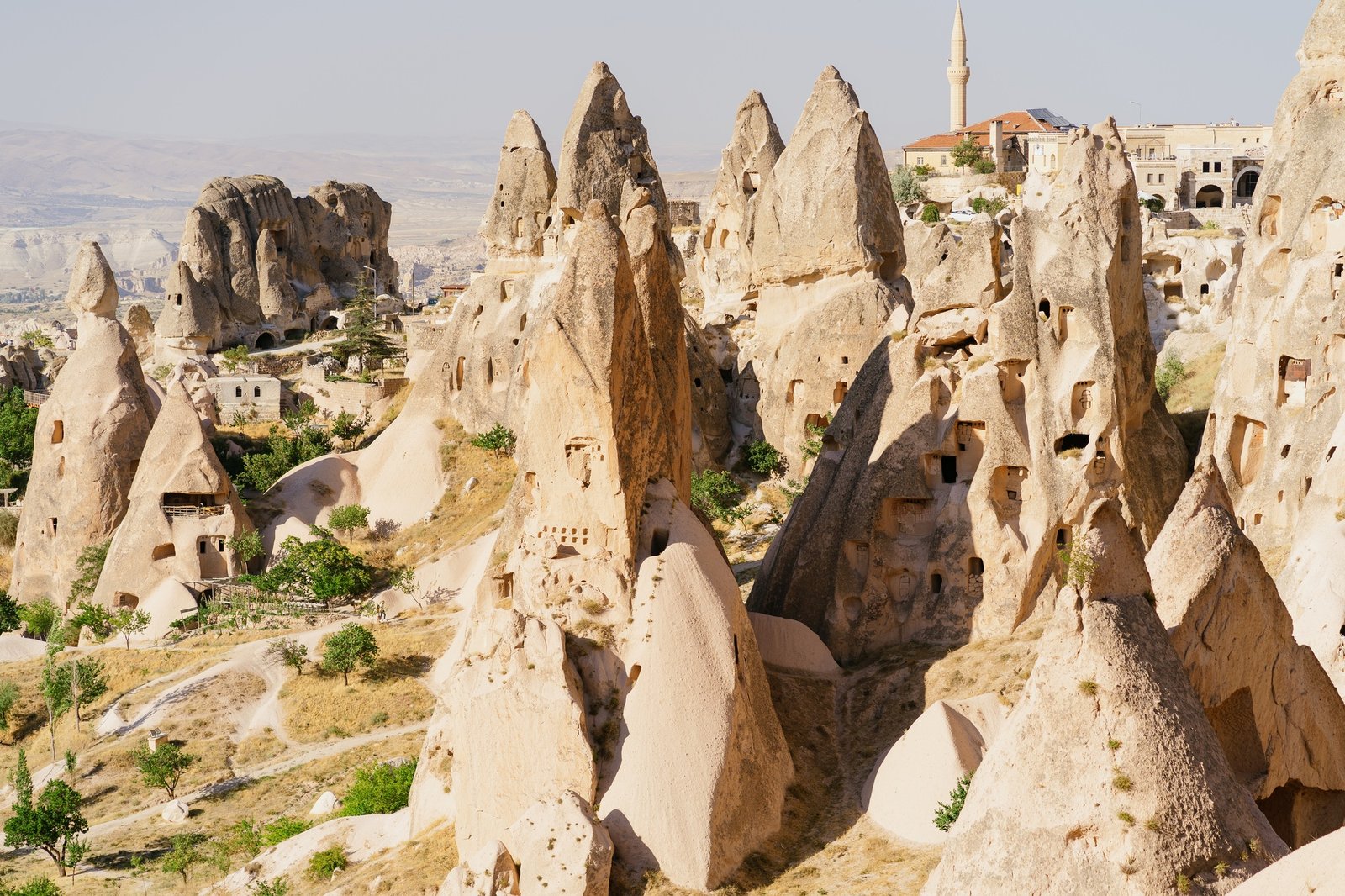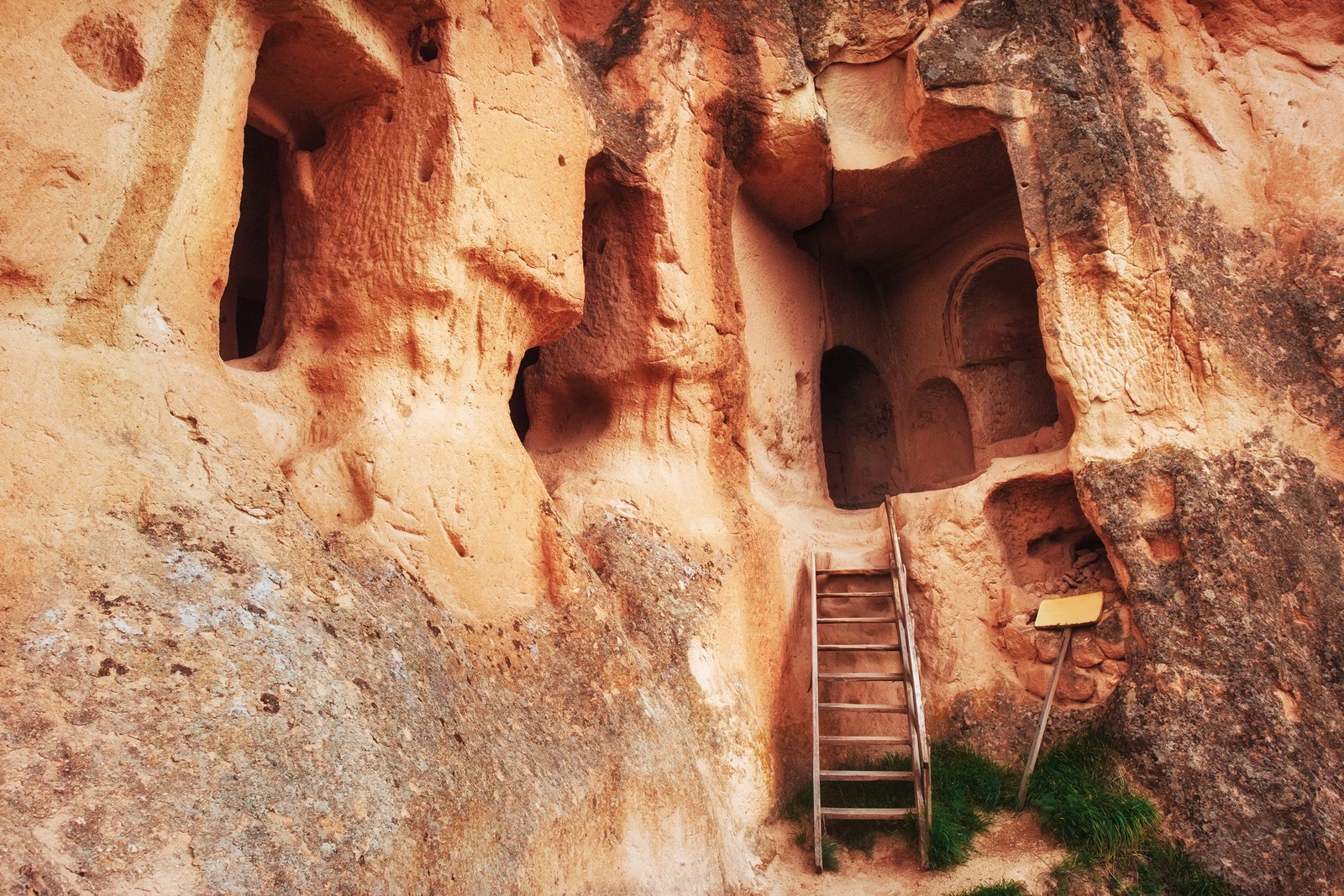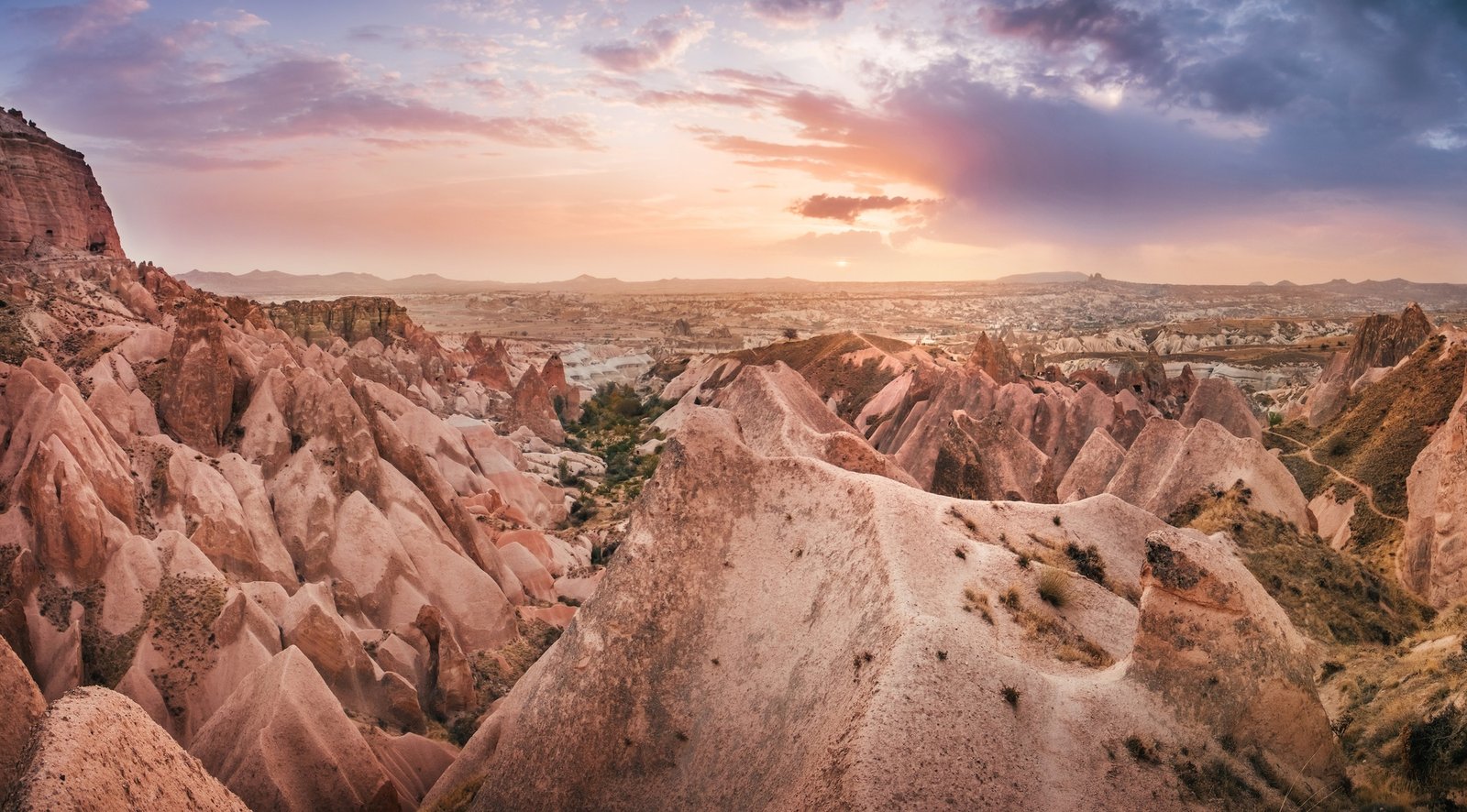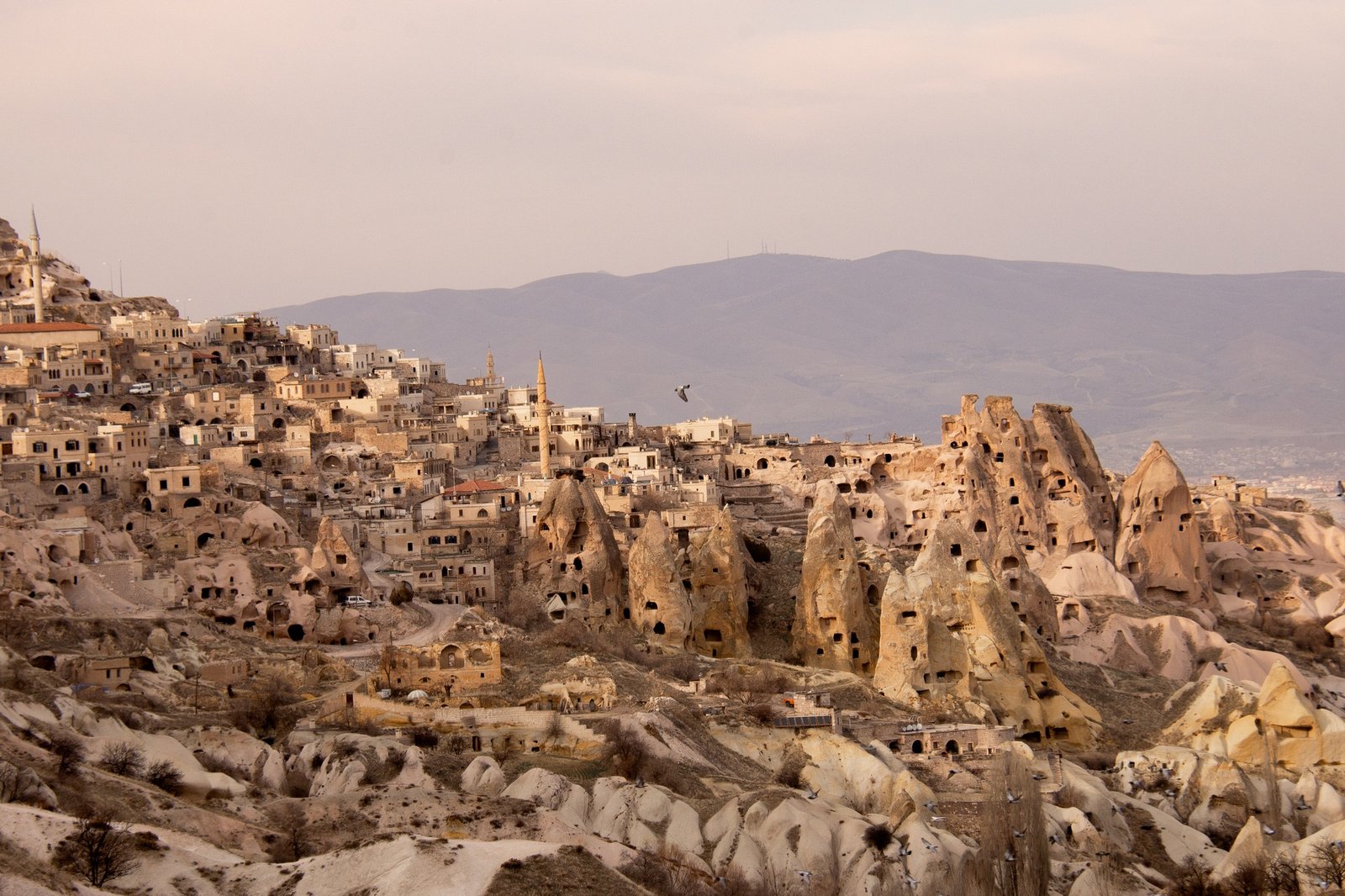Cappadocia cave architecture is nothing short of extraordinary. Hidden within the heart of Turkey’s Anatolian region, these ancient rock formations and cave dwellings offer a captivating blend of history, ingenuity, and natural beauty. Famous for their unique design and functionality, these caves have provided shelter, storage, and even places of worship for centuries.
This blog explores the incredible Cappadocia cave architecture, its historical significance, cultural impact, and the marvel of how humans transformed soft volcanic rock into functional and inspiring living spaces. Join us as we uncover the secrets behind one of the world’s most inspiring architectural wonders.
The Origins of Cappadocia Cave Architecture
Cappadocia’s distinctive landscape, shaped by volcanic eruptions millions of years ago, laid the foundation for its remarkable cave architecture. The region’s soft tuff rock made it easy to carve out structures while remaining durable enough to withstand the elements over time.
This geological advantage led early inhabitants to create a network of residential caves, underground cities, and religious sanctuaries. From as early as the 4th century, the area became an essential refuge for Christians fleeing persecution, transforming Cappadocia cave architecture into a symbol of resilience and innovation.
The Cultural and Historical Significance
A Safe Haven Through History
Cappadocia’s cave dwellings were more than just homes—they were literal life-saving structures. The underground cities, such as Derinkuyu and Kaymakli, were meticulously designed with ventilation shafts, escape tunnels, and communal living spaces. These served as secure shelters during invasions, allowing entire communities to survive underground for extended periods.
Religion in the Rocks
One of the most fascinating aspects of Cappadocia cave architecture is its relationship with religion. Christians carved chapels, monasteries, and entire religious complexes into the soft rock. These subterranean sacred spaces, such as the Göreme Open-Air Museum, feature intricately painted frescoes depicting biblical scenes.
The combination of faith and stonework reflects how deeply spirituality was intertwined with daily life in Cappadocia. These remarkable places are now UNESCO World Heritage Sites, attracting visitors from across the globe.
Ingenious Design Features in Cappadocia Cave Architecture
The ingenuity of Cappadocia cave architecture lies in its masterful balance of practicality and creativity. Even with limited resources, ancient architects designed spaces that were functional, sustainable, and surprisingly comfortable. Here’s what makes them unique:
Thermal Efficiency
One of the standout features of Cappadocia’s cave homes is their natural insulation. The tuff rock maintains a consistent temperature year-round, keeping inhabitants warm in the winter and cool in the summer. This made cave living an ideal solution in a region known for its extreme weather.
Strategic Layouts
Cappadocia cave dwellings were not just randomly carved spaces; their layouts were carefully planned to maximize utility and security. Multi-level rooms, hidden staircases, and narrow passageways added both functionality and protection, especially in underground cities.
Eco-Friendly Architecture
Long before sustainable living became a trend, Cappadocia cave architecture exemplified eco-friendliness. Using natural rock not only minimized environmental impact but also eliminated the need for additional construction materials.
The Modern Revival of Cappadocia Cave Architecture
Today, Cappadocia’s architectural brilliance is being reimagined in exciting and luxurious ways. Many ancient cave homes and churches have been transformed into boutique hotels, inviting visitors to experience the magic of sleeping beneath carved rock ceilings.
Cave Hotels and Tourism
Staying in a Cappadocia cave hotel is a bucket-list experience for many travelers. Hotels like the Museum Hotel and Argos in Cappadocia have preserved the region’s architectural essence while introducing modern comforts. Guests can enjoy traditional stone interiors alongside amenities like spas and gourmet dining.
Cultural Preservation
Efforts to preserve Cappadocia’s cave architecture are also gaining momentum. Guided tours, archaeological workshops, and cultural initiatives educate visitors about the historical and cultural importance of these sites, ensuring they remain protected for future generations.
How Cappadocia Inspires Modern Architecture
Cappadocia cave architecture continues to inspire architects and designers worldwide. Its emphasis on adapting to natural surroundings and prioritizing sustainability is increasingly relevant in contemporary design.
Modern architects are drawing inspiration from Cappadocia’s ability to seamlessly blend functionality with aesthetics. This influence is evident in structures built using natural materials, subterranean designs, or energy-efficient features.
Explore the Wonders of Cappadocia Cave Architecture
Cappadocia cave architecture is more than just a testament to human resilience and creativity—it’s a harmonious dialogue between nature and ingenuity. Whether you admire its historical significance, eco-friendly solutions, or stunning beauty, there’s no denying the timeless appeal of this architectural marvel.
Why not experience it for yourself? Plan your visit to Cappadocia today and step into a world where history and design converge in the most spectacular way.







